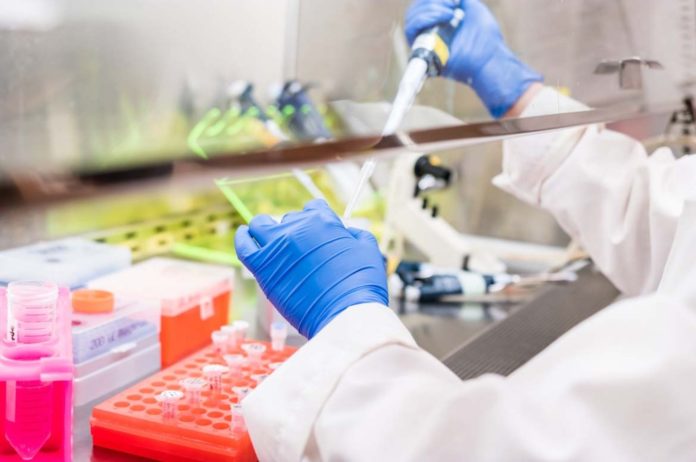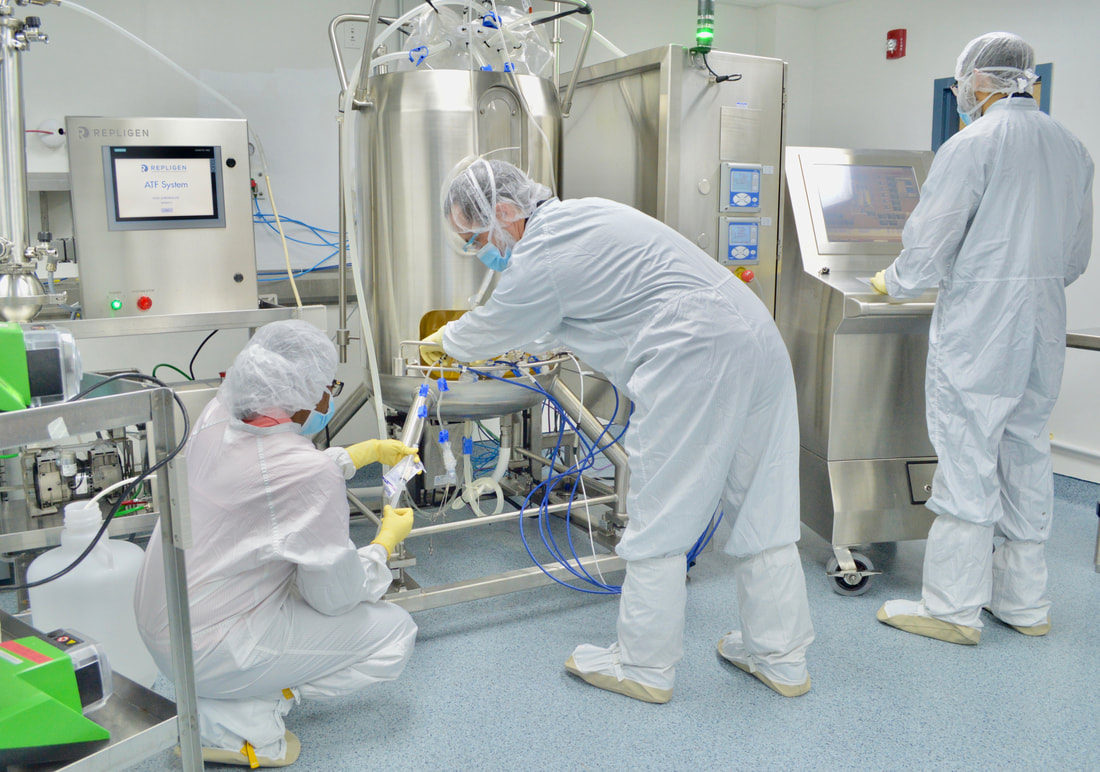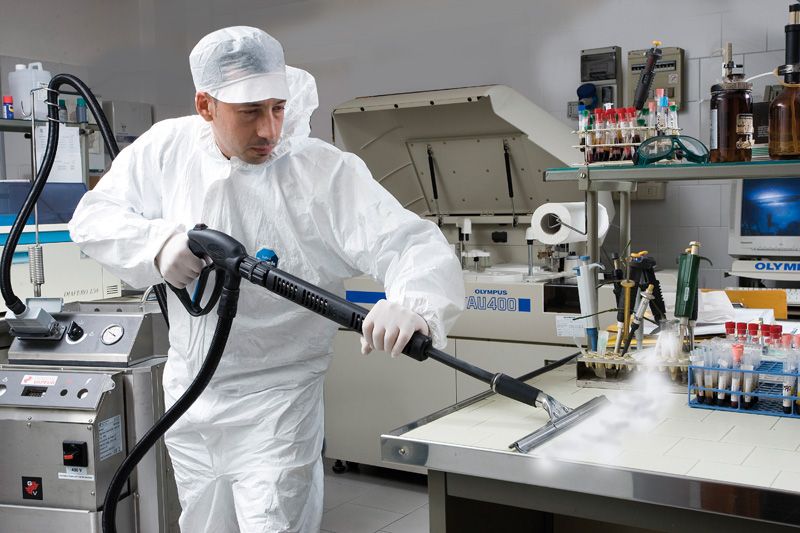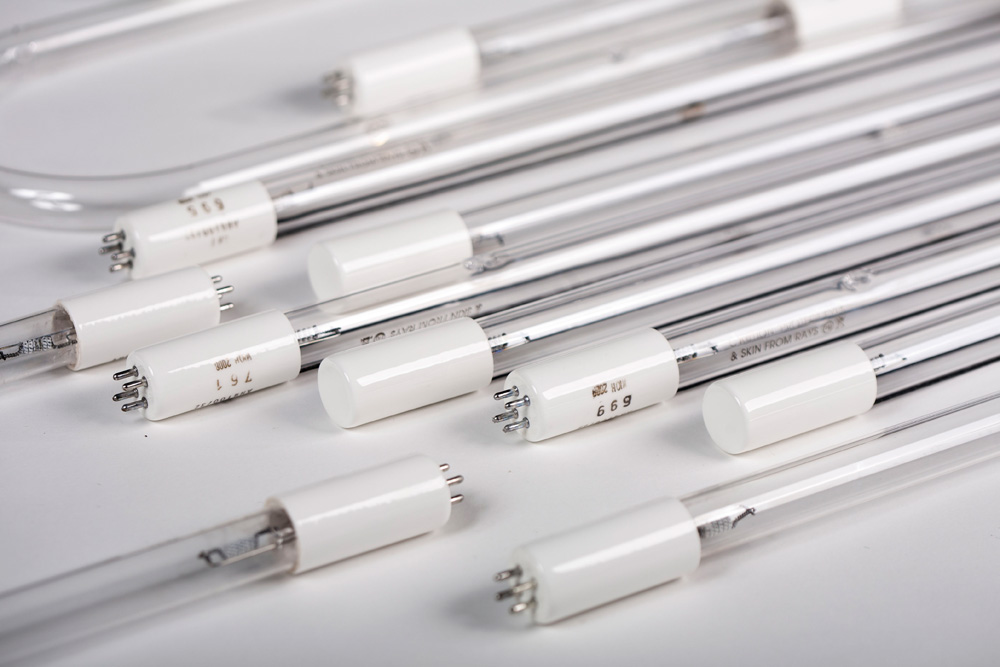
The term decontamination is used to define a method or treatment of removing contaminants from medical tools, instruments, or environmental surfaces to make them safe for use. Disinfection, Antisepsis, Sterilization are all types of decontamination processes.
All infectious items and all contaminated apparatus or equipment need to be decontaminated before washing, storing, or even discarding. Autoclaving is a preferable method. Every individual working with biohazardous items becomes inevitably responsible for its proper handling. Therefore, decontamination becomes crucial to ensure the safety of everyone.
Levels of Decontamination
The efficacy of decontamination scales from high-level sterilization to simple physical cleaning using soap and water. Different levels of decontamination are:

- Sterilization is a process of removing, eliminating, deactivating, or killing any form of life (referring to microorganisms such as fungi, bacteria, viruses, spores, etc.) and other biological agents from objects, surfaces, or fluids.
- Disinfection is the process of using liquid chemicals to kill pathogenic microorganisms on equipment and work surfaces. Its effectiveness depends on the number and kind of organisms, the disinfected objects, and temperature, concentration, and duration of chemical exposure.
- Antisepsis is the process of applying a liquid antimicrobial chemical to living tissues or skin for destroying microorganisms, sepsis, infection, and putrefaction. These chemical substances are distinct from antibiotics for their ability to destroy bacteria inside the body safely.
- Physical cleaning involves using water, detergent, and a mechanical action like scrubbing with a gloved hand or a brush. Prophylaxis is generally a prior step of disinfection or sterilization of inanimate objects as it removes soil and organic material present on the objects.
Methods

1. Heat Sterilization
- Wet heat is the most reliable method of sterilization. Autoclaving, also known as steam sterilization, is the most convenient process of destroying all forms of microbial life. Autoclaves apply saturated steam under an approximate pressure of 15 pounds/square inch for achieving a chamber temperature of about 121°C (250°F) for a prescribed duration (generally 30 to 60 minutes). It is a reliable process of sterilizing decontaminating biohazard wastes and laboratory equipment.
- Dry heat is relatively less effective than wet heat and requires a longer duration and higher temperature for achieving sterilization. It is convenient for destroying viable organisms on impermeable surfaces that are non-organic like glass. However, it is not dependable if shallow layers of organic or inorganic matters are present. Using dry heat, sterilization of glassware can be achieved at temperatures between 160°C to 170°C for a duration of 2 to 4 hours.
2. Liquid Disinfection
Liquid disinfectants are usually classified as halogens, alkalis, acids, heavy metal salts, phenolic compounds, quaternary ammonium compounds, ketones, aldehydes, amines, and alcohol. The effectiveness of these disinfectants varies with the contact time, concentration, organisms, and other conditions of use. Always select the liquid disinfectants that are authenticated to be effective against the present microorganisms. No disinfectant is equally useful for all the viable agents and under all the conditions.
Liquid disinfectants are commonly used for surface decontamination. It can also be used, with suitable concentration, as a decontaminating agent for liquid-based wastes before disposing of it in the sanitary sewer.
3. Vapors and Gases

When used in closed spaces under the controlled environment of temperature and humidity, vapors and gases provide excellent disinfection. Disinfecting agents in this field involve aerosol, paraformaldehyde, glutaraldehyde, peracetic acid, ethylene oxide, vapor or gas phase chlorine dioxide, and hydrogen peroxide.
Vapors and gases are majorly used for decontaminating animal rooms, biosafety cabinets, and their associated systems, optics or instruments that are sensitive and can be damaged by other methods of decontamination, stationary or bulky equipment not preferred for liquid disinfectants, other rooms, buildings, and air-handling systems.
4. Radiation
- Ionizing can be used to kill microorganisms, but it is not a practical tool for laboratory use.
- Non-Ionizing is a more practical tool for lab use. The UV-C band of UV (ultraviolet) radiation has optimum wavelengths of 250-270mm that effectively kill the majority of microorganisms present in the air, water, and on surfaces. The organisms should be exposed directly to the UV light as any dust, dirt, or even shadows can shield them and affect the UV lamp’s effectiveness.
The UV radiation is primarily used to reduce the level of airborne microorganisms for maintaining good air hygiene in animal holding areas, ventilated cabinets, airlocks, and laboratory rooms. The UV radiation is also used in BSC (Biological Safety Cabinets) and in some lab rooms for reducing surface contamination.
The UV radiation can cause eye burns (photokeratitis) and skin burns to the people who are exposed to it, even for a short duration.
You can use the following precautions:
- Activate the UV lights only when the room is unoccupied.
- Use appropriate shielding when UV lamps are being used.
- Interlock the UV lamps used for area decontamination with the cabinet or general room illumination. This will turn off the UV radiation when the lights are turned on.
- Warn every visiting and new personnel about the harmful effects of UV radiation and tell them about the precautions to take.
Maintenance

As the intensity (destructive power) of UV lamps decreases with time, their adequate maintenance becomes crucial for decontamination purposes. You can perform these activities for regular maintenance:
Check the efficiency level of UV lamps every month using a monitoring strip or a UV meter. Dirt and dust particles can drastically reduce the effectiveness of UV lamps. Ensure to check them every once in a while and remove accumulated dust from them.
Conclusion
Decontamination processes can be difficult if they are not dealt with proper care and attention. These are critical procedures that demand adequacy of appropriate equipment and people, as any shortcoming can cause damage to the equipment or can even compromise the safety of people.
Although some people follow DIY methods of decontamination, it is advisable to let professionals do the job, as they have the appropriate gear, equipment, and expertise for performing the task. For more information on decontamination services, you can visit Lumiair.










